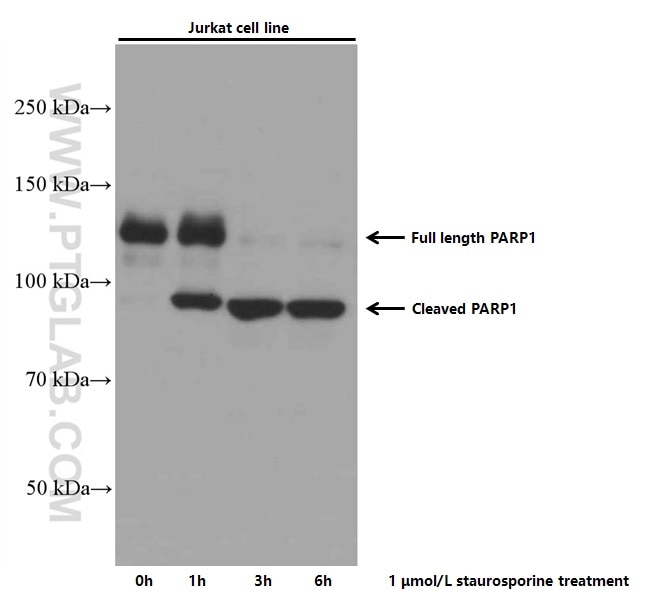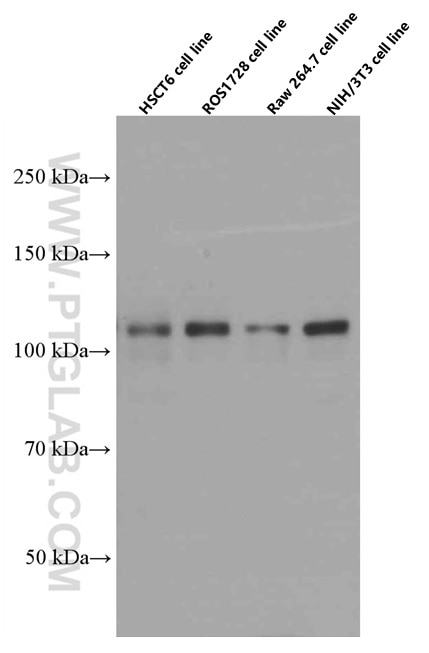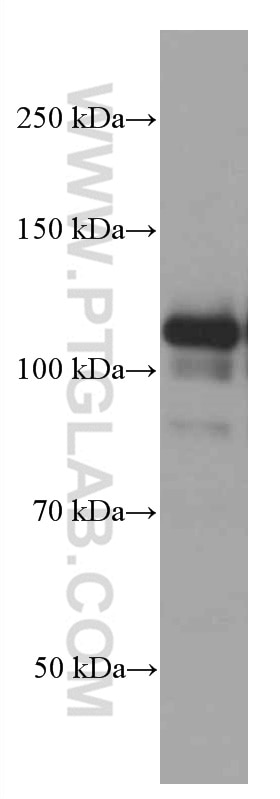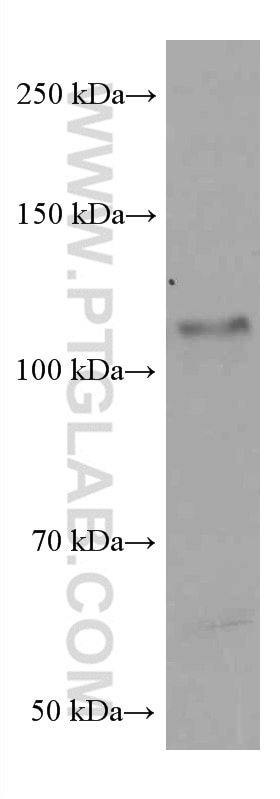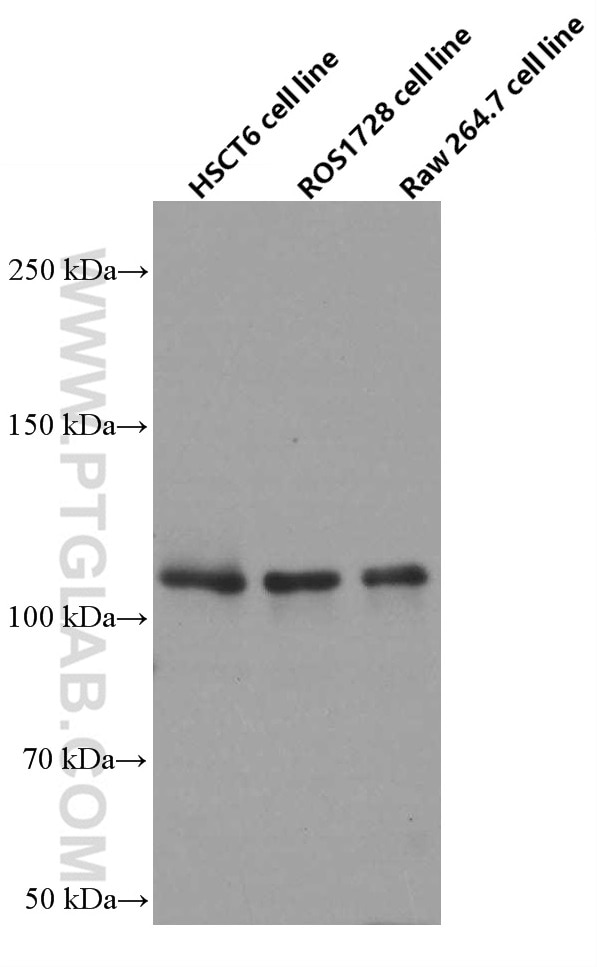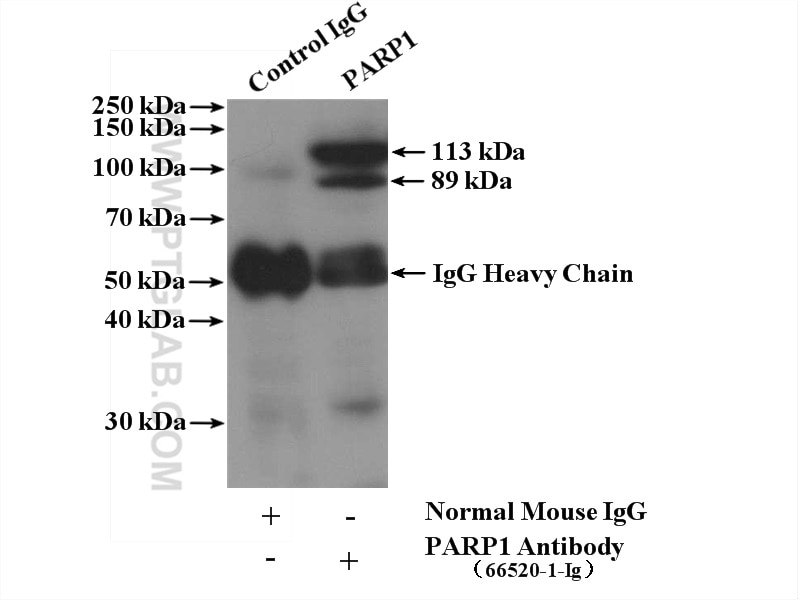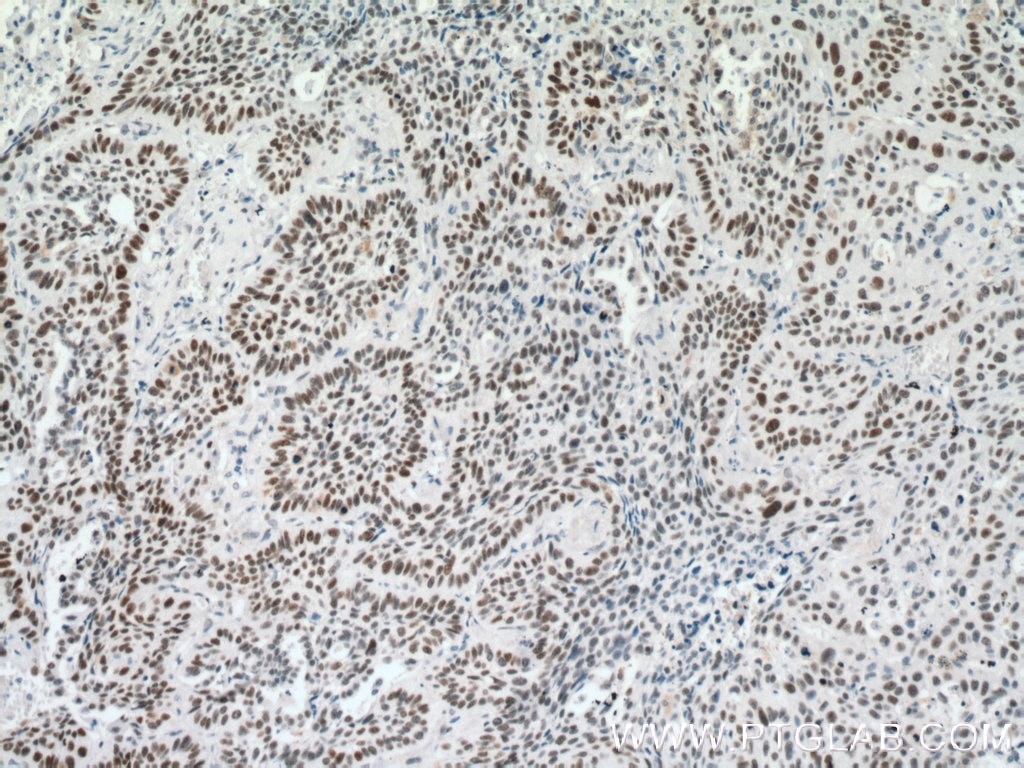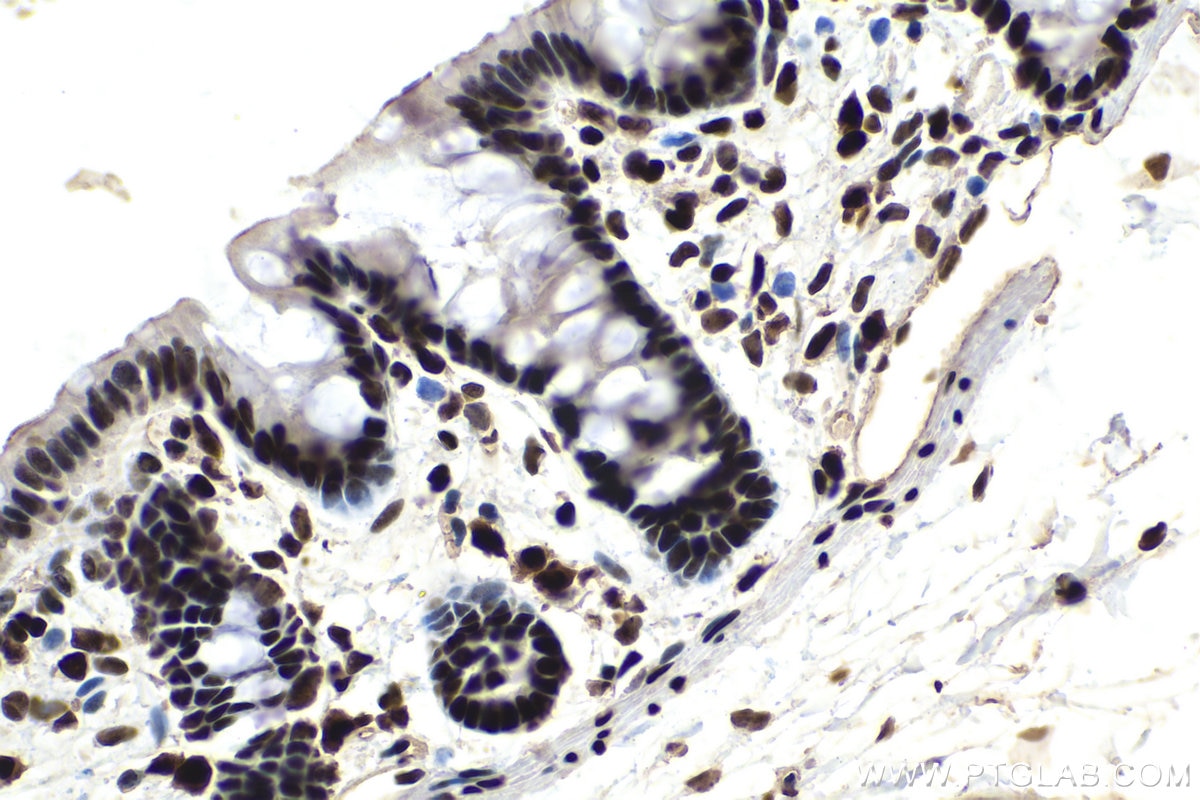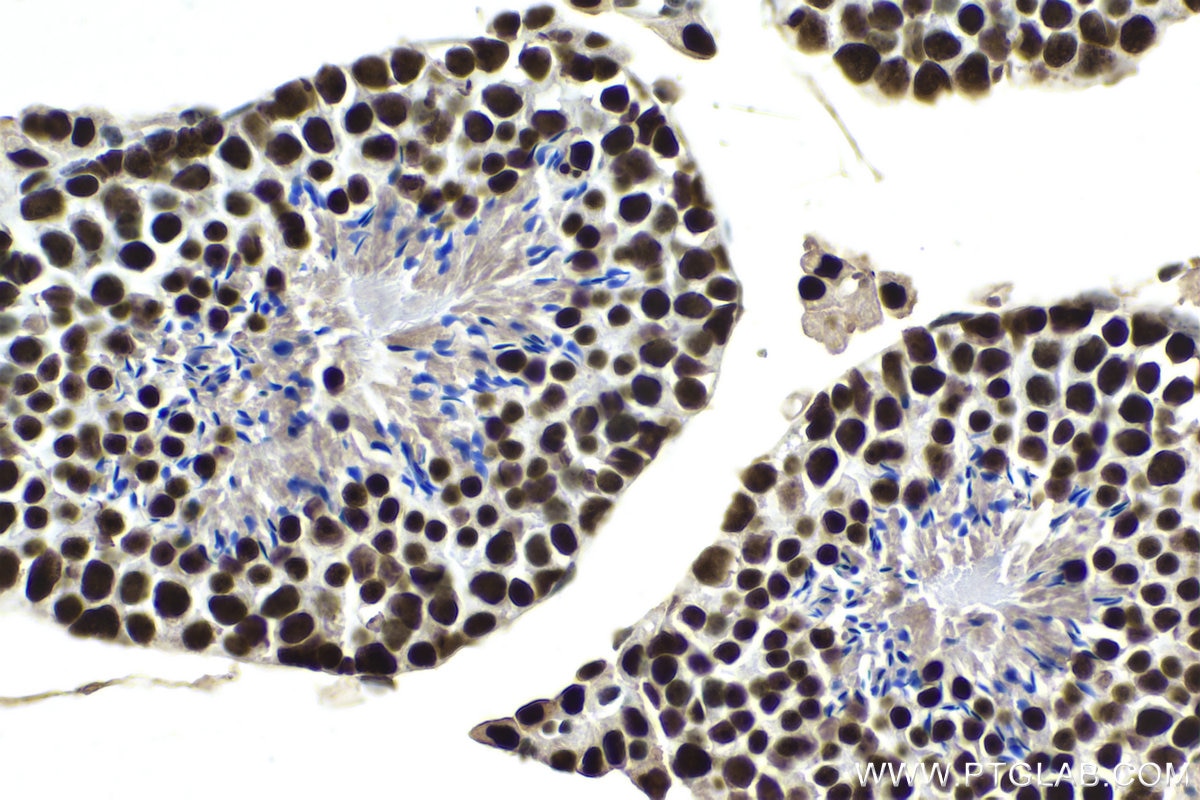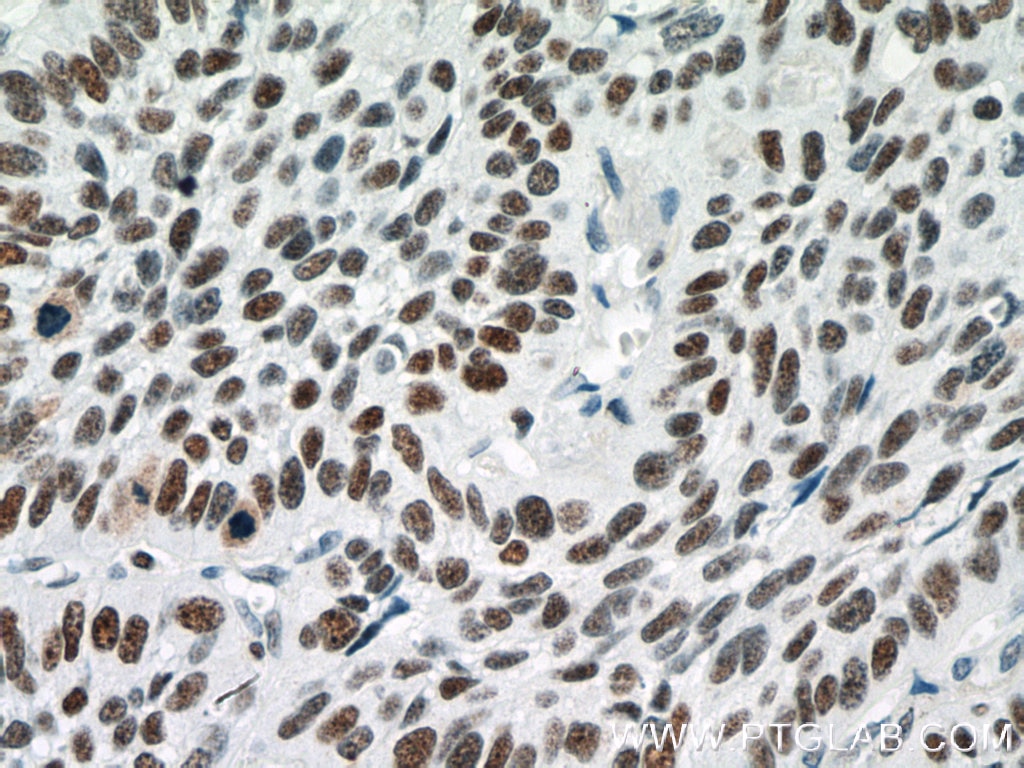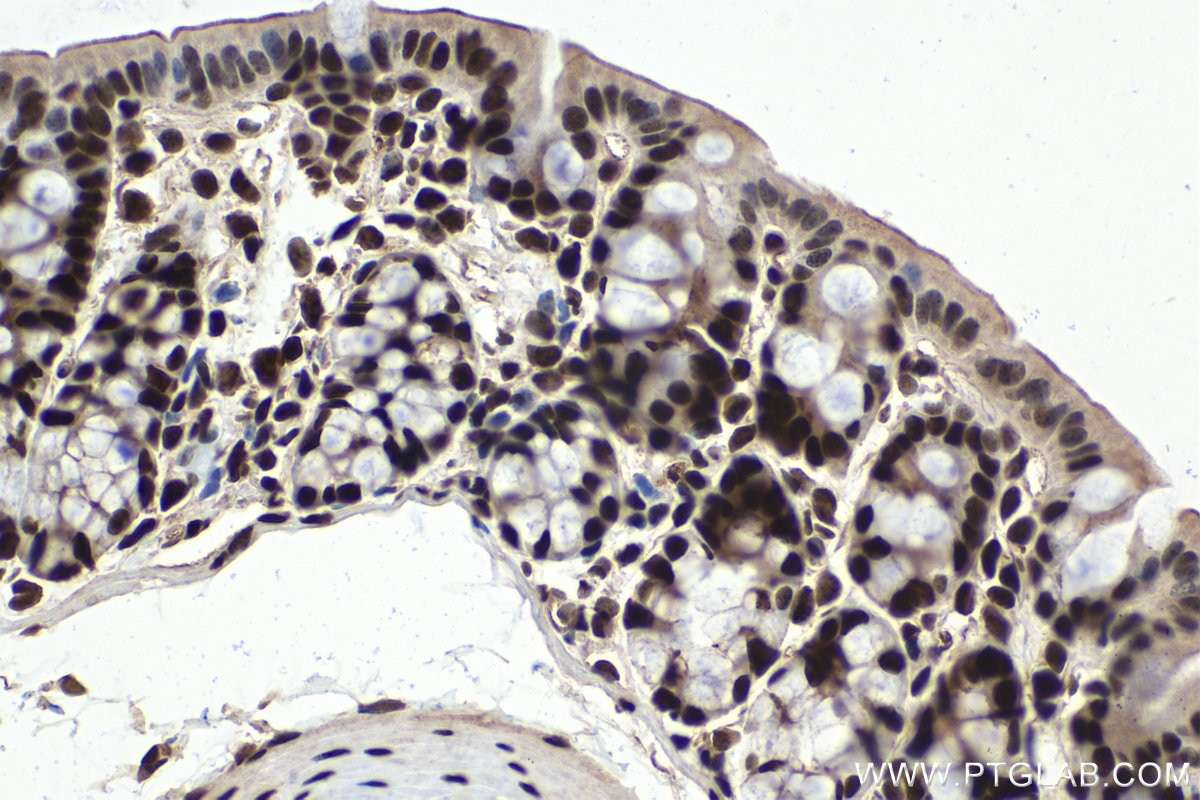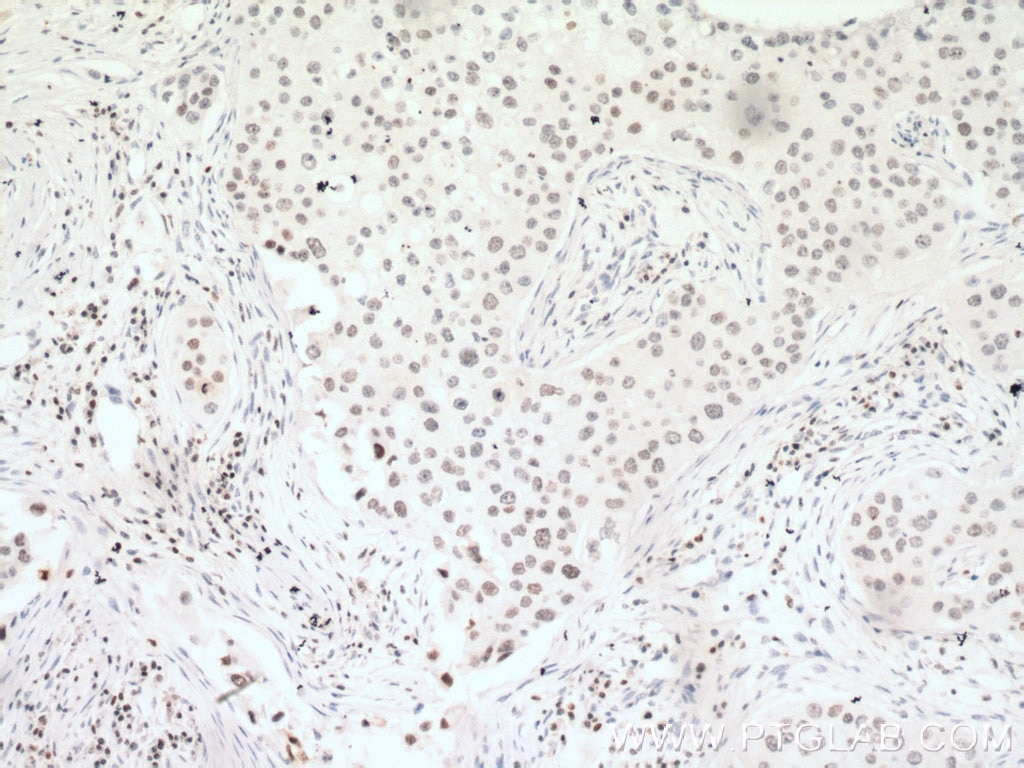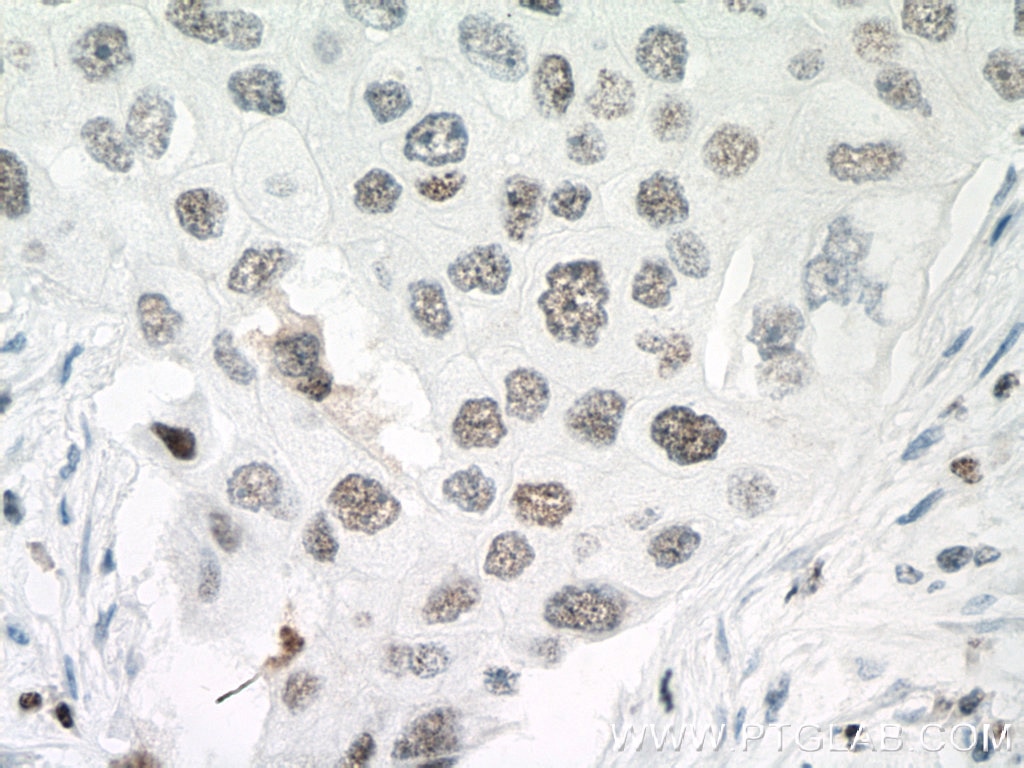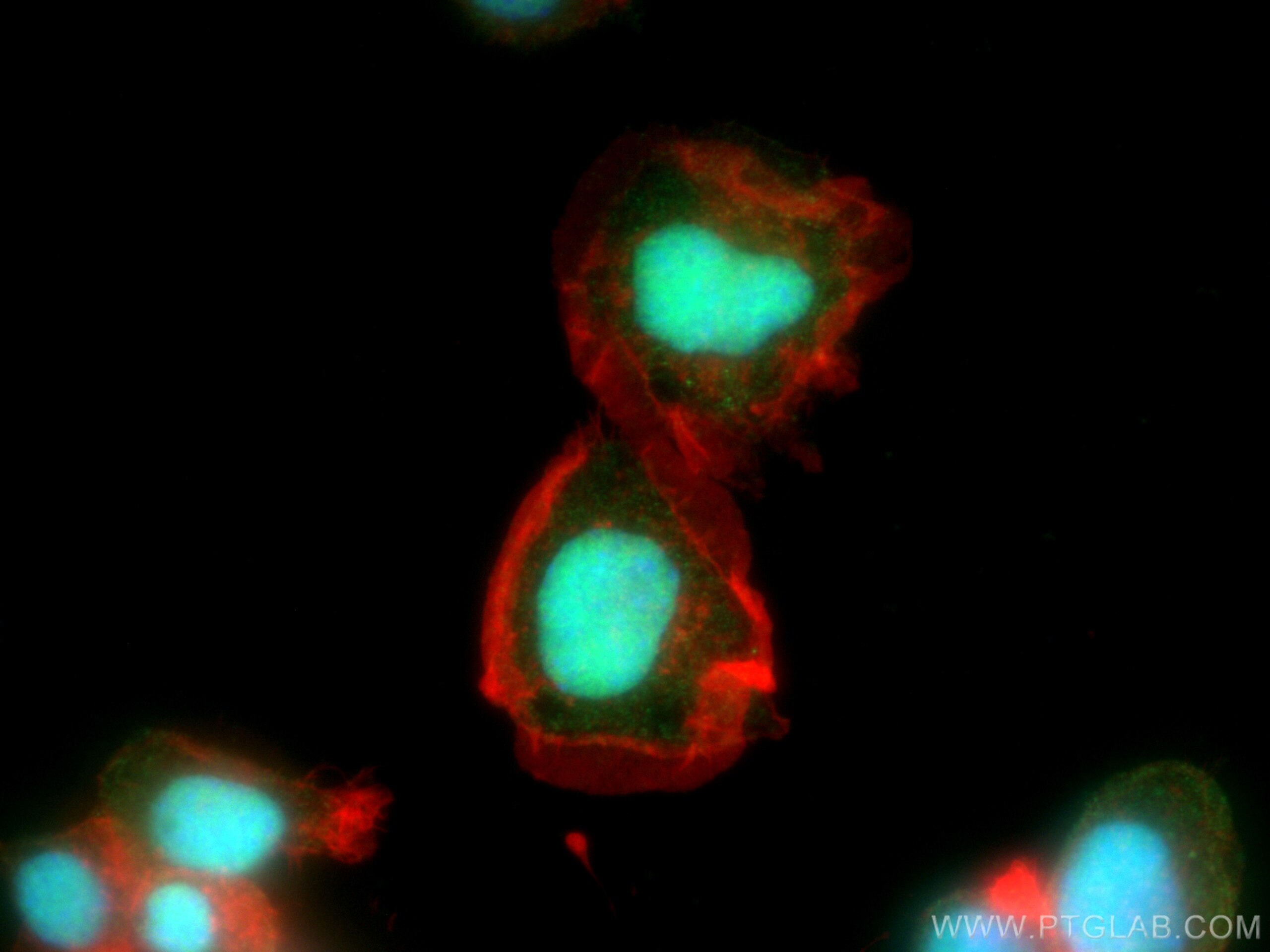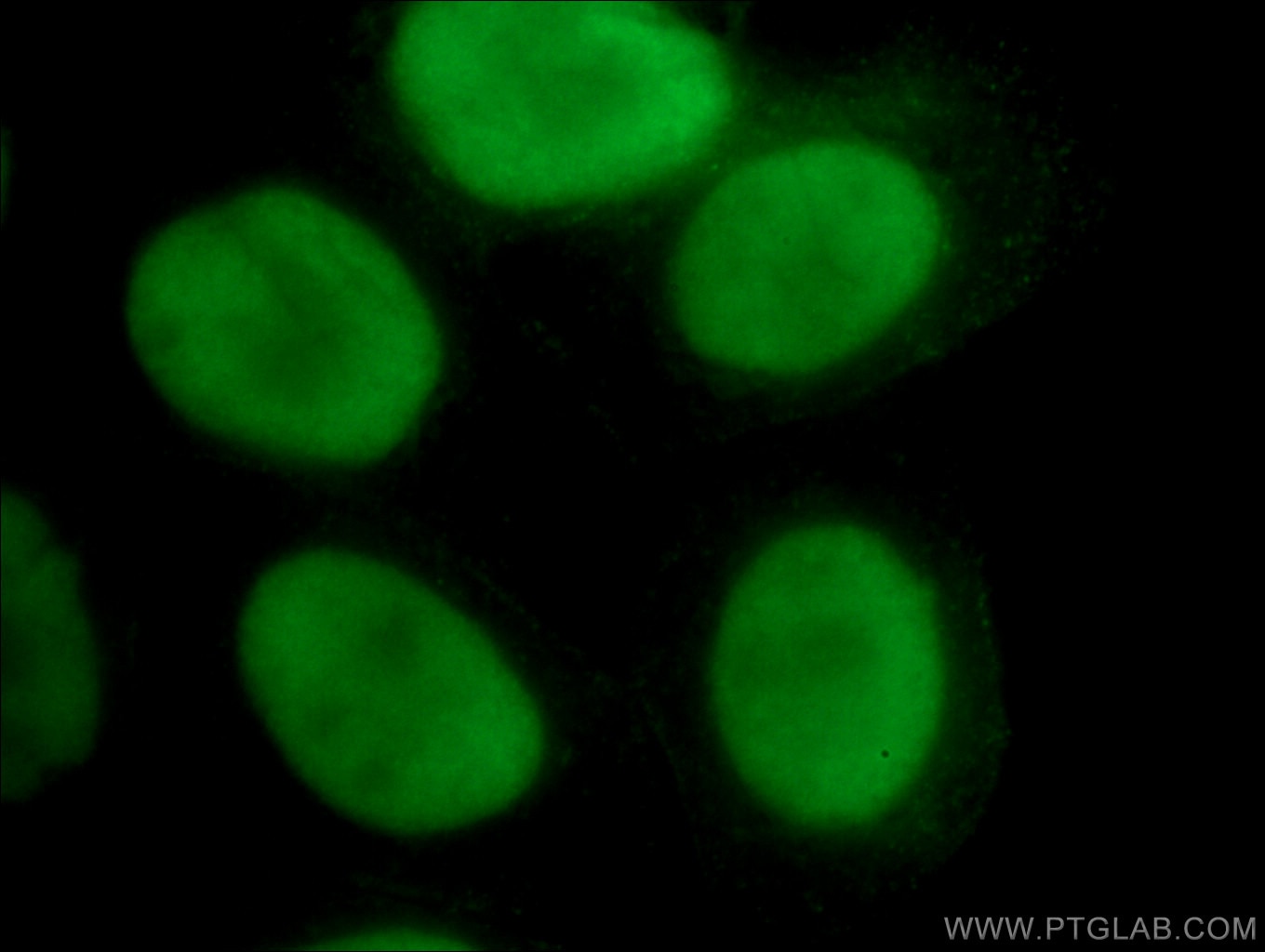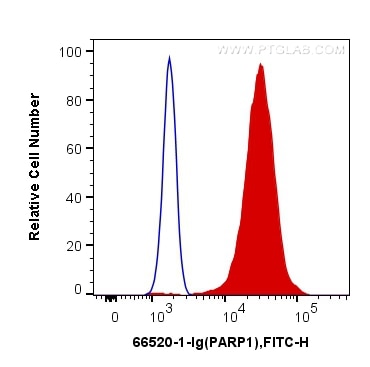- Phare
- Validé par KD/KO
Anticorps Monoclonal anti-PARP1
PARP1 Monoclonal Antibody for FC (Intra), IF, IHC, IP, WB, ELISA
Hôte / Isotype
Mouse / IgG1
Réactivité testée
Humain, rat, souris et plus (2)
Applications
WB, IP, IHC, IF, FC (Intra), CoIP, ELISA
Conjugaison
Non conjugué
CloneNo.
1D7D4
N° de cat : 66520-1-Ig
Synonymes
Galerie de données de validation
Applications testées
| Résultats positifs en WB | cellules Jurkat, cellules HeLa, cellules HSC-T6, cellules NIH/3T3, cellules RAW 264.7, cellules ROS1728 |
| Résultats positifs en IP | cellules K-562, |
| Résultats positifs en IHC | tissu de cancer du poumon humain, tissu de cancer du sein humain, tissu de côlon de rat, tissu de côlon de souris, tissu testiculaire de souris il est suggéré de démasquer l'antigène avec un tampon de TE buffer pH 9.0; (*) À défaut, 'le démasquage de l'antigène peut être 'effectué avec un tampon citrate pH 6,0. |
| Résultats positifs en IF | cellules Neuro-2a, cellules HeLa |
| Résultats positifs en cytométrie | cellules HeLa |
Dilution recommandée
| Application | Dilution |
|---|---|
| Western Blot (WB) | WB : 1:5000-1:50000 |
| Immunoprécipitation (IP) | IP : 0.5-4.0 ug for 1.0-3.0 mg of total protein lysate |
| Immunohistochimie (IHC) | IHC : 1:100-1:1200 |
| Immunofluorescence (IF) | IF : 1:2000-1:8000 |
| Flow Cytometry (FC) | FC : 0.20 ug per 10^6 cells in a 100 µl suspension |
| It is recommended that this reagent should be titrated in each testing system to obtain optimal results. | |
| Sample-dependent, check data in validation data gallery | |
Applications publiées
| KD/KO | See 2 publications below |
| WB | See 71 publications below |
| IHC | See 3 publications below |
| IF | See 3 publications below |
| IP | See 5 publications below |
| CoIP | See 1 publications below |
Informations sur le produit
66520-1-Ig cible PARP1 dans les applications de WB, IP, IHC, IF, FC (Intra), CoIP, ELISA et montre une réactivité avec des échantillons Humain, rat, souris
| Réactivité | Humain, rat, souris |
| Réactivité citée | rat, Humain, poisson-zèbre, poulet, souris |
| Hôte / Isotype | Mouse / IgG1 |
| Clonalité | Monoclonal |
| Type | Anticorps |
| Immunogène | PARP1 Protéine recombinante Ag19173 |
| Nom complet | poly (ADP-ribose) polymerase 1 |
| Masse moléculaire calculée | 1014 aa, 113 kDa |
| Poids moléculaire observé | 113-116 kDa, 85-89 kDa |
| Numéro d’acquisition GenBank | BC037545 |
| Symbole du gène | PARP1 |
| Identification du gène (NCBI) | 142 |
| Conjugaison | Non conjugué |
| Forme | Liquide |
| Méthode de purification | Purification par protéine G |
| Tampon de stockage | PBS avec azoture de sodium à 0,02 % et glycérol à 50 % pH 7,3 |
| Conditions de stockage | Stocker à -20°C. Stable pendant un an après l'expédition. L'aliquotage n'est pas nécessaire pour le stockage à -20oC Les 20ul contiennent 0,1% de BSA. |
Informations générales
PARP1 (poly(ADP-ribose) polymerase 1) is a nuclear enzyme catalyzing the poly(ADP-ribosyl)ation of many key proteins in vivo. The normal function of PARP1 is the routine repair of DNA damage. Activated by DNA strand breaks, the PARP1 is cleaved into an 85 to 89-kDa COOH-terminal fragment and a 24-kDa NH2-terminal peptide by caspases during the apoptotic process. The appearance of PARP fragments is commonly considered as an important biomarker of apoptosis. In addition to caspases, other proteases like calpains, cathepsins, granzymes and matrix metalloproteinases (MMPs) have also been reported to cleave PARP1 and gave rise to fragments ranging from 42-89-kDa. This antibody was generated against the N-terminal region of human PARP1 and it recognizes the full-length as well as the cleavage of the PARP1.
Protocole
| Product Specific Protocols | |
|---|---|
| WB protocol for PARP1 antibody 66520-1-Ig | Download protocol |
| IHC protocol for PARP1 antibody 66520-1-Ig | Download protocol |
| IF protocol for PARP1 antibody 66520-1-Ig | Download protocol |
| IP protocol for PARP1 antibody 66520-1-Ig | Download protocol |
| Standard Protocols | |
|---|---|
| Click here to view our Standard Protocols |
Publications
| Species | Application | Title |
|---|---|---|
Nat Commun Cis- and trans-resveratrol have opposite effects on histone serine-ADP-ribosylation and tyrosine induced neurodegeneration. | ||
Biomaterials Urinary exosomes-based Engineered Nanovectors for Homologously Targeted Chemo-Chemodynamic Prostate Cancer Therapy via abrogating IGFR/AKT/NF-kB/IkB signaling. | ||
Arthritis Rheumatol Association of the Polymorphism rs13259960 in SLEAR With Predisposition to Systemic Lupus Erythematosus. | ||
Cancer Lett UM-6 induces autophagy and apoptosis via the Hippo-YAP signaling pathway in cervical cancer. |
Avis
The reviews below have been submitted by verified Proteintech customers who received an incentive forproviding their feedback.
FH Hadil (Verified Customer) (05-23-2023) | This antibody is a great choice, delivering strong signals and enhanced specificity. It has low background noise, ensuring accurate results. Its efficiency saves valuable time, making it a reliable and versatile tool for various applications. A must-have for researchers seeking reliable and efficient antibody performance.
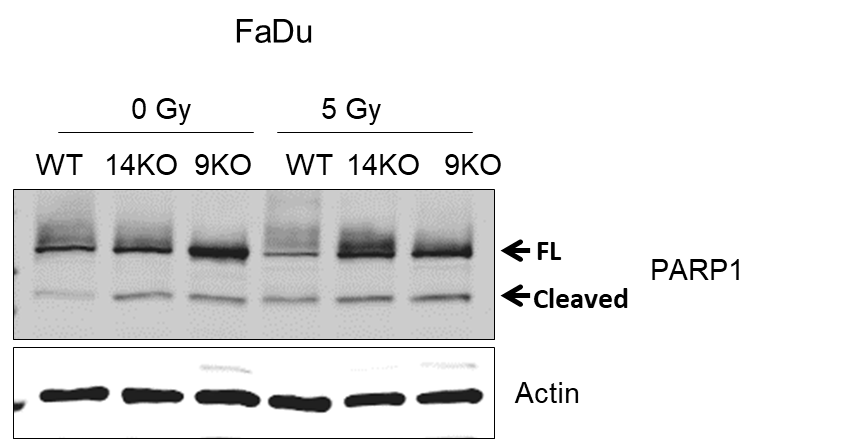 |
FH Carly (Verified Customer) (11-17-2020) | Tested using EDTA plasma on an antibody microarray
|
FH MANOHAR (Verified Customer) (12-11-2019) | No nonspecific binding
|
